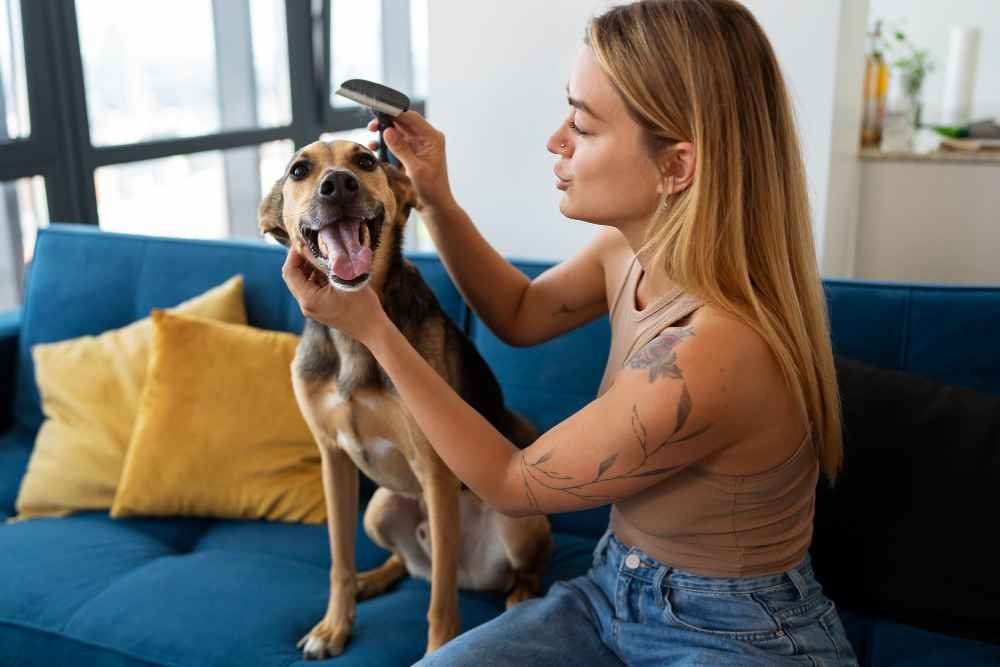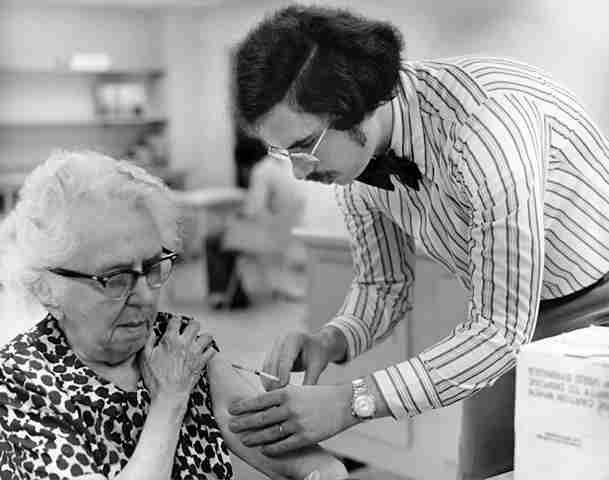Key Takeaways:
- Most mild dog eye discharge can be managed at home with gentle, vet-approved remedies like saline rinses and warm compresses.
- Persistent, colored, or painful discharge requires prompt veterinary attention to prevent complications.
- Understanding the cause, using sterile techniques, and knowing when to seek help are essential for your dog’s eye health.
Introduction
Have you ever noticed your dog waking up with “eye boogers” or a bit of crusty discharge in the corners of their eyes? While some eye discharge is normal, changes in color, consistency, or amount can signal a problem. As a caring pet owner, it’s important to know when a dog eye discharge home remedy is safe—and when it’s time to call the vet.
Dog eye health is crucial for their comfort and quality of life. Eye discharge can range from harmless to a sign of infection or injury. This comprehensive guide will help you understand the types and causes of dog eye discharge, walk you through safe home remedies, and show you when professional care is needed. Let’s keep those puppy eyes bright and healthy!
Section 1: Understanding Dog Eye Discharge
1.1. What Is Dog Eye Discharge?
Dog eye discharge refers to any fluid or debris that accumulates in or around your dog’s eyes. It can be:
- Watery and clear: Often normal, especially after sleep.
- Mucous-like or white/gray: May indicate dry eye.
- Yellow or green: Usually a sign of infection.
- Bloody: Always serious and needs immediate vet care.
- Crusts or “eye boogers”: Normal in small amounts, especially after sleep.
Normal vs. Abnormal:
Small amounts of clear or slightly crusty discharge are common. Persistent, colored, or foul-smelling discharge is abnormal and may signal a health issue.
1.2. Common Causes of Dog Eye Discharge
- Allergies: Pollen, dust, or environmental irritants.
- Infections: Bacterial or viral conjunctivitis.
- Foreign bodies: Dust, seeds, or debris in the eye.
- Breed predispositions: Flat-faced (brachycephalic) breeds and those with loose facial skin are more prone.
- Other health issues: Dry eye, corneal ulcers, anatomical abnormalities, blocked tear ducts.
1.3. Symptoms to Watch For
- Change in discharge color (yellow, green, bloody)
- Redness, swelling, or squinting
- Pawing at the eyes or rubbing the face
- Sudden vision changes or blindness
- Severe swelling or pain
Emergency Signs:
If your dog has thick, colored, or bloody discharge, or shows pain, swelling, or vision loss, seek veterinary care immediately.
Section 2: Vet-Approved Home Remedies for Dog Eye Discharge
2.1. When Is It Safe to Use a Home Remedy?
Home remedies are appropriate when:
- Discharge is mild, clear, or slightly crusty.
- No redness, swelling, pain, or vision changes.
- Your dog is otherwise healthy and acting normally.
Never use home remedies if:
- Discharge is thick, yellow, green, or bloody.
- Symptoms persist or worsen after 24–48 hours.
- There are signs of pain, swelling, or vision changes.
Always consult your vet for sudden, severe, or persistent symptoms.
2.2. Gentle Cleaning Techniques
How to Clean Your Dog’s Eyes Safely:
- Wash your hands thoroughly.
- Use a clean, soft cloth or gauze dampened with warm water or saline.
- Gently wipe from the inner corner (near the nose) outward.
- Use a new cloth for each eye to prevent cross-contamination.
- Clean 1–3 times daily as needed.
2.3. Saline Solution Rinse
How to Make a Homemade Saline Solution:
- Mix 1/4 to 1/2 teaspoon of salt in 1 cup of boiled, cooled water.
How to Use:
- Soak a cotton ball or gauze in the solution.
- Gently wipe the eye from inner to outer corner.
- For flushing, use a sterile dropper to drip a few drops into the eye, allowing your dog to blink.
Frequency:
2–3 times daily, or as directed by your vet.
2.4. Warm Compress
Benefits:
Loosens crusty discharge and soothes mild irritation.
How to Apply:
- Soak a clean cloth in warm (not hot) water.
- Wring out excess water.
- Hold gently against the closed eye for 30–60 seconds.
- Wipe away loosened discharge with a clean cloth.
Repeat:
2–4 times daily.
2.5. Herbal Compresses
Chamomile Tea Compress:
- Brew plain chamomile tea (no additives or caffeine), let it cool.
- Soak a clean cloth or cotton ball in the tea.
- Apply to the closed eye for several minutes.
Caution:
Discontinue if irritation worsens. Use only plain, cooled tea.
2.6. Aloe Vera Gel
- Use pure, organic aloe vera gel.
- Apply a small amount to a cloth and gently wipe the area around the eye (external use only).
2.7. Nutrition and Immune Health
- Feed a balanced diet rich in vitamin A, antioxidants, and omega-3 fatty acids (carrots, blueberries, fish oil).
- Good nutrition supports eye and immune health.
2.8. Preventative Care and Grooming
- Keep the eye area clean and dry.
- Trim excessive fur around the eyes with blunt scissors.
- Minimize exposure to allergens and irritants.
Section 3: Natural Remedies and Their Effectiveness
3.1. Evidence-Based Efficacy
| Home Remedy | Effectiveness | Safety Profile |
|---|---|---|
| Saline Solution | High (evidence-based for mild cases) | Very safe if sterile technique used |
| Warm Compress | High (widely recommended) | Very safe if water not too hot |
| Chamomile Tea Compress | Moderate (some evidence, mostly anecdotal) | Safe unless allergic; use plain tea |
| Aloe Vera Gel | Moderate (external use only) | Safe externally; avoid eye contact |
| Dietary Support | Moderate (supports long-term health) | Safe if diet changes are gradual |
| Grooming & Hygiene | High (prevents recurrence) | Very safe; use blunt scissors |
 Figure: Effectiveness of Dog Eye Discharge Home Remedies
Figure: Effectiveness of Dog Eye Discharge Home Remedies
 Figure: Effectiveness and Safety of Dog Eye Discharge Home Remedies
Figure: Effectiveness and Safety of Dog Eye Discharge Home Remedies
3.2. Safety Considerations
- Avoid: Human eye drops, unverified herbal mixes, essential oils, and aggressive cleaning.
- Always: Use sterile solutions and clean applicators.
- Monitor: For signs of allergy (especially with herbal compresses).
3.3. Common Mistakes to Avoid
- Over-cleaning or scrubbing the eye area.
- Using human medications or eye drops.
- Ignoring persistent or worsening symptoms.
Section 4: When to See a Veterinarian
4.1. Warning Signs That Require Veterinary Attention
- Persistent or worsening discharge (more than 24–48 hours)
- Thick, yellow, green, or bloody discharge
- Redness, pain, swelling, or vision changes
- Pawing at the eyes, squinting, or behavioral changes
- History of trauma or suspected foreign object
4.2. Potential Complications If Untreated
- Spread of infection to deeper eye structures
- Corneal damage or ulcers
- Permanent vision loss
4.3. What to Expect at the Vet
- Diagnostic tests: Eye examination, staining, cultures.
- Treatments: Prescription antibiotics, anti-inflammatory medications, or procedures for severe cases.
Section 5: Frequently Asked Questions
Can I use over-the-counter eye drops on my dog?
No. Only use products prescribed by your veterinarian.
Are there foods that help prevent eye discharge?
A balanced diet with vitamin A, antioxidants, and omega-3s supports eye health.
How long should I try a home remedy before going to the vet?
If there’s no improvement in 24–48 hours, or symptoms worsen, see your vet.
Is dog eye discharge contagious to humans or other pets?
Most cases are not, but some infections can be. Practice good hygiene and consult your vet.
Section 6: Myths and Facts About Dog Eye Discharge
- Myth: All eye discharge is normal.
Fact: Persistent, colored, or painful discharge is not normal and needs attention. - Myth: Human eye drops are safe for dogs.
Fact: Many human medications can harm your dog’s eyes. - Myth: Herbal remedies are always safe.
Fact: Some herbs can cause allergies or irritation—use only vet-approved options.
Conclusion
Caring for your dog’s eyes is an important part of their overall health. For mild cases, a dog eye discharge home remedy—like gentle cleaning, saline rinses, and warm compresses—can be safe and effective. Always use sterile techniques, monitor for changes, and never hesitate to seek veterinary care if symptoms persist or worsen.
Your dog depends on you to notice changes and act quickly. With the right knowledge and a little TLC, you can keep those puppy eyes bright, healthy, and full of life.
Check out our guides on dog allergies, pet nutrition, and puppy care.
For more, visit our website Home Threads







